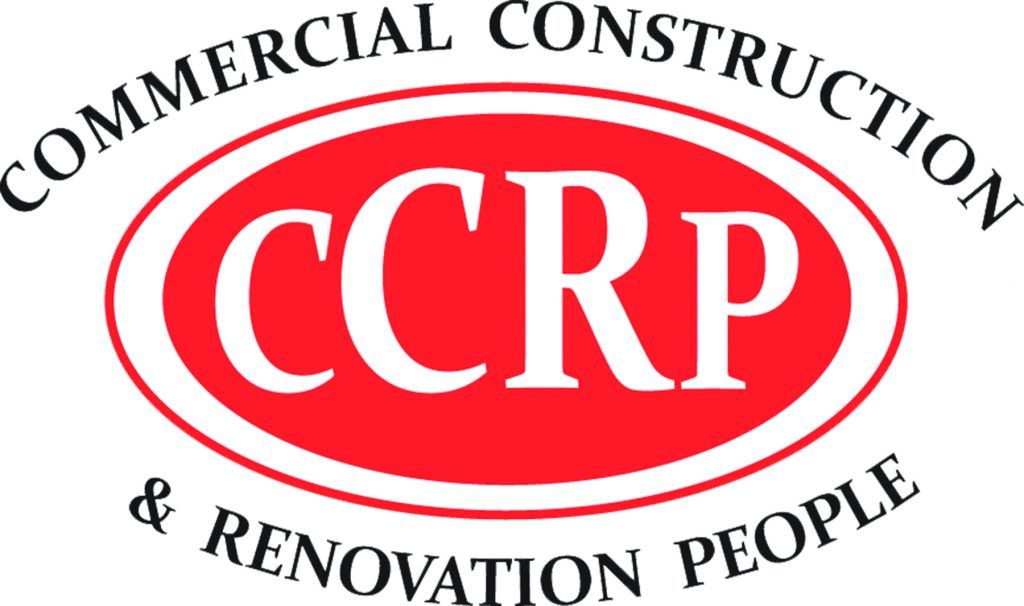What makes a room feel truly inviting?
It’s not just furniture or layout. Color and design trends have a huge impact on mood and atmosphere.
From beachy blues to natural greens, today’s popular styles often take cues from nature and coastal cities like Tampa, FL, where light and fresh color palettes shape soothing spaces.
Whether you want to relax or energize, understanding how design influences emotion can help you create a warm, welcoming home you’ll love stepping into.
Key Ingredients for an Inviting Space
The most welcoming rooms share a few essentials.
- First, a balanced color palette sets the mood. Soft neutrals or muted blues help people relax, while fresh accents add energy.
- Thoughtful lighting, whether natural sunlight or warm bulbs, creates comfort at every hour.
- Finally, a mix of cozy textures, personal touches, and inviting furniture makes people want to stay.
When these details all come together, any room naturally feels warm, open, and lived-in.
Design Trends and Tampa’s Coastal Influence
Across the country, many modern design trends are inspired by regions that embrace nature’s beauty. This is especially true of coastal cities like Tampa, FL.
Sun-filled rooms, ocean-inspired blues, and sandy neutrals bring a sense of calm and freshness into a home, no matter where you live. Local professionals, such as Brothers Colors Painting in Tampa, FL, often draw on the city’s natural palette.
To create soothing, airy spaces, consider colors like seafoam greens, driftwood grays, and soft aquas. These color choices add a touch of relaxed, seaside style that’s become a popular staple in inviting interiors far beyond Florida.
“Industry statistics show that 88% of people say color can affect their mood at home.”
Insights from Color Psychology
Color is more than just decoration, it’s a powerful tool that shapes how we feel in a space. For example, soft blues and cool greens are often chosen because they have proven calming effects.
- Studies show that homeowners prefer these tones in living spaces to create a sense of comfort and relaxation.
- On the other hand, warmer colors like buttery yellow or terracotta can energize a room and encourage social connection.
Professional designers use these psychological cues to help clients achieve just the right vibe. Whether you want your space to be lively or restful, the right color palette makes all the difference.
Turning Trends and Psychology Into Real-Life Comfort
Bringing popular trends and color psychology together is what makes a space both beautiful and comfortable.
Designers today blend on-trend colors with classic comfort, often expanding on last year’s shift toward natural palettes.
Neutral earth tones, like soft beige, sage, and warm gray, remain popular for their ability to make any room feel open and welcoming. These subtle shades let you easily update decor with new colors or textures down the road, without losing that calm, inviting vibe.
Easy Ways to Try a Tampa-Inspired Coastal Palette
- Refresh your living room with seafoam or sky blue accents that channel Florida’s shoreline
- Create a relaxing bedroom retreat using muted greens and sandy neutrals for a beachy calm
- Make flexible spaces cozier with driftwood-gray or soft taupe walls, then add pops of color with throw pillows or art
Mixing these nature-inspired elements, used by experts in Tampa and beyond, helps any home feel instantly more inviting and timeless.
Bring Home the Welcome Vibe
Inviting spaces might begin with looks, but they also impact how we feel day to day. Design truly makes a house feel like home.
By blending soothing colors, smart trends, and inspiration from coastal palettes, you can create rooms that feel warm and welcoming, no matter where you live.
























